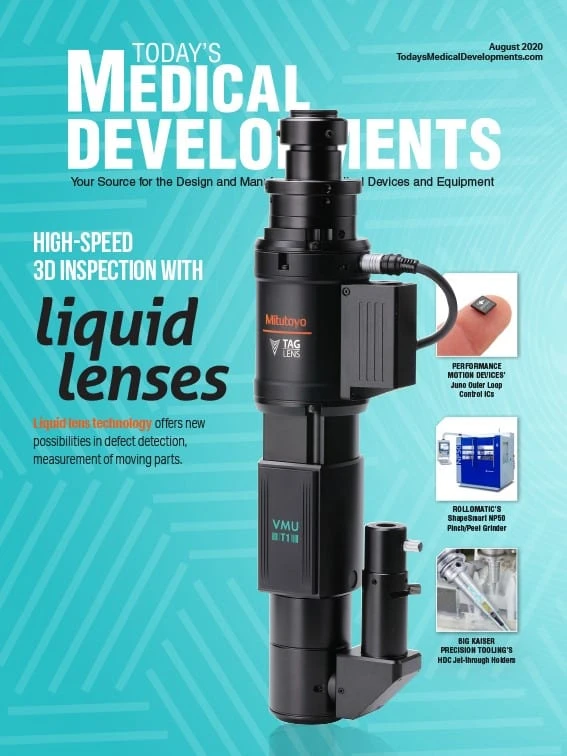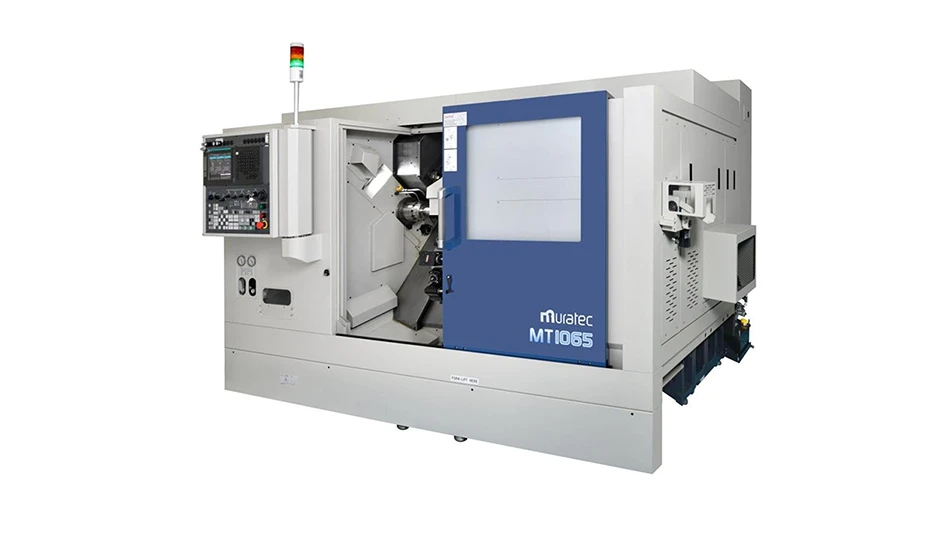
Supply and demand are getting misaligned and manufacturers need to re-evaluate strategies to get the market back into balance.
That was a key message delivered in a late June webinar we held about manufacturing and the supply chain, offering insight on planning for the future. If you missed it, I encourage you to listen to Lisa Anderson’s insights (see sidebar below).
In addition, she says that plans made in the past are no longer valid and that a new, immediate strategy is needed, along with a 3-month and a 9-month strategy to leverage existing opportunities and create new ones.
End-to-end supply chain visibility isn’t new, but with medical manufacturing feeling the impacts of the pandemic, re-evaluating supply chains and looking to digital transformations have become more important. And a recent survey offer insights.
Fictiv’s 5th annual 2020 State of Manufacturing Report found severe levels of COVID-19 disruption and a clear industry commitment to digital transformation. Findings show only 17% gave top marks to their supply chain’s performance (when asked to grade on an A-F scale). Looking deeper, 83% agree COVID-19 has been an extreme test to their supply chain; 95% are working to increase their supply chain agility; 91% plan to adopt dual- and triple-sourcing strategies; 84% say they will be more cautious about off-shoring; and 73% have minimized or have plans to minimize reliance on China.
When asked about digital transformation initiatives, 87% responded it was a high priority, yet only 14% believe those digital initiatives are well funded. A wide range of business goals were stated for following a digital transformation, ranging from reducing costs (46%) to adapting to a more virtual world (44%), increasing supply chain visibility (42%), driving efficiencies (40%), and accelerating time-to-market for new products (37%).
With digital transformation initiatives a high priority for many, 81% note they face difficulties in finding expertise. “The lack of expertise available in the market to help drive those benefits is a significant drag on the ability to succeed,” the report authors note. This is “all the more reason for digital manufacturing partnerships to play a powerful role in driving critical change.”
While Fictiv’s report dives into many other aspects of supply chain and digital transformation, a key takeaway is “companies’ investment in manufacturing partnerships to make supply chains dramatically more agile, predictable, and resilient will gain a significant competitive advantage in their markets.”
How are you embracing digital transformation and securing your supply chain?
Elizabeth Engler Modic

Explore the August 2020 Issue
Check out more from this issue and find your next story to read.
Latest from Today's Medical Developments
- Festo Incredible Machine celebrates its premiere at the Hannover Messe
- Join us for insights on one of the hottest topics in manufacturing!
- Turnkey robotic systems are already behind the times
- You can still register for March’s Manufacturing Lunch + Learn!
- HERMES AWARD 2025 – Jury nominates three tech innovations
- Vision Engineering’s EVO Cam HALO
- How to Reduce First Article Inspection Creation Time by 70% to 90% with DISCUS Software
- FANUC America launches new robot tutorial website for all





